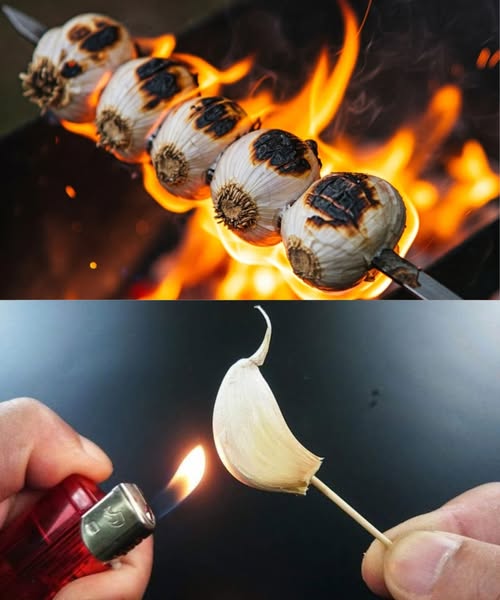Sure! Here’s an engaging article about what happens when you burn garlic:
—
### 🌬️ What Happens When You Burn Garlic?
Garlic is a kitchen superstar — aromatic, flavorful, and packed with health benefits. But have you ever accidentally burned garlic while cooking? That unmistakable smell, the bitter taste — it can instantly change the outcome of your dish. So, what exactly happens when garlic burns?
#### The Science Behind Burning Garlic
Garlic contains natural sugars and sulfur compounds that give it its signature aroma and flavor. When garlic is cooked gently, these sugars caramelize, and the sulfur compounds mellow, creating that sweet, nutty, and savory taste we love.
However, once garlic reaches higher temperatures — above roughly 250°F (120°C) — those sugars can quickly turn from caramelized to charred. At this point, the Maillard reaction (which normally browns and flavors food) gives way to actual burning. The sulfur compounds break down further, producing harsh, acrid compounds that smell sharp and taste bitter.
#### The Aroma Shift: From Pleasant to Pungent
Burnt garlic emits a smoky, acrid aroma that is often unpleasant and overpowering. That distinct sharpness can linger in your kitchen and even on your palate. It’s a smell most home cooks dread, as it signals that your dish might be ruined.
#### The Flavor Fallout: Bitter and Unpleasant
Burnt garlic tastes bitter, sometimes even acrid or metallic. This bitterness can dominate your dish, masking other flavors and leaving an unpleasant aftertaste. Unlike lightly cooked garlic, which enhances your meal, burnt garlic can ruin it.
For Complete Cooking STEPS Please Head On Over To Next Page Or Open button (>) and don’t forget to SHARE with your Facebook friends
ADVERTISEMENT

